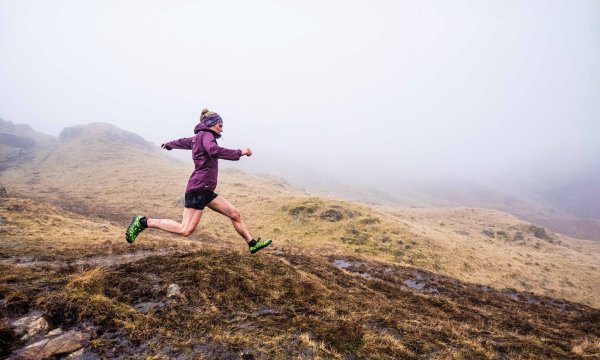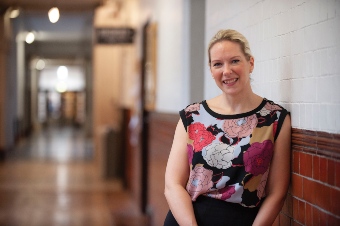Meet the graphene entrepreneurs putting social responsibility at the centre of their new businesses to help protect our environment.
Across the world, more than one billion tyres are burned or buried in landfill every year. Around 60% of all water used globally for agriculture is wasted.
The need to tackle such issues drives the research and development community at The University of Manchester and inspires Graphene@Manchester’s efforts to foster innovative and sustainable solutions to worldwide problems.
A tipping point
It seems a long time since the properties of the 2D material graphene were first isolated at the University in 2004. But novel materials are historically slow to achieve market maturity. Seventeen years on from the Nobel Prize-winning breakthrough in graphene, we now arrive at a commercial tipping point.
Graphene-enhanced consumer products such as phones and sports gear are now on sale, and a raft of business-to-business applications are either already in use or in late-stage prototype.
To build on that momentum, Graphene@Manchester is helping local small- and medium-sized businesses take advantage of expertise across the University, from high-end technical kit to business and legal skills, to take graphene commercialisation to the next level.
SpaceBlue
Dr Vivek Koncherry is the founder of SpaceBlue, a start-up creating products including high-quality, extremely durable floor mats that are made from recycled rubber strengthened with graphene.
That journey – from fundamental science to marketable product – is what the Graphene@Manchester ecosystem is designed to accomplish.
Born in Kerala, India, to a family that manufactured floor coverings from natural fibres, Dr Koncherry took his degree in Textile Technology at Manchester and went on to do a PhD in Composite Materials.
His work as a post-doc expanded to take in robotics and other applications of 2D materials. But in setting up SpaceBlue, Dr Koncherry has returned to his roots.
“I’d been working with nanomaterials for more than ten years when I learned about the challenges faced by the UK in recycling waste tyres,” says
Dr Koncherry. “I decided to do something about it and focused on creating a truly sustainable product using crumb rubber.
“Using graphene, we could double the longevity and enhance the physical properties of the recycled products to get far greater performance.
“In the future, waste could be seen as an upcycled feedstock that performs better than the original material and lasts as long, if not longer.”
AEH Innovative Hydrogel
Meanwhile, another innovator is attracting attention in a very different sphere of sustainability: indoor farming. Dr Beenish Siddique’s startup AEH Innovative Hydrogel received a £1 million grant from Innovate UK in 2020 on the strength of the potential for her unique growing system – GelPonic – to reduce labour and energy costs and wastage of water.
Dr Siddique – originally from Azad Kashmir in Pakistan – began studying hydrogels during her BSc in Chemistry at Aston University. She subsequently spent a year in industry working on healthcare products and then sought to widen their application during her PhD at Manchester.
“The wound dressings I was working on were designed to absorb a lot of exudate [fluid] and I thought a formulation that held high volumes of liquid could also be useful in reducing water waste in agriculture,” she says.
GelPonic improves performance for indoor fruit and veg farming. It conserves water and filters out pathogens to prevent disease, while a graphene sensor allows remote monitoring, reducing labour costs. Moreover, it outputs significantly less CO2 than traditional solutions and can be used in areas with drought conditions and infertile soil.
“There is an opportunity here to change the future of farming around the world,” says Dr Siddique. “Globally, around 70% of the fresh water available to humans is used for agriculture and 60% of that is wasted; agriculture also contributes around 20% of global greenhouse-gas emissions. Our system helps control that waste and those emissions, shortens germination times and could enable an increase of 25% in crop yields.”
European funding
Both projects have been supported by the European Research Development Fund (ERDF) and are now looking to scale-up their operations. Dr Paul Wiper manages the ERDF’s Bridging The Gap programme, which supported both projects at the Graphene Engineering Innovation Centre (GEIC).
“These two companies are great examples of what’s possible when a good idea that came from academic research is nurtured to become a viable, investable business,” he says.
“That journey – from fundamental science to marketable product – is what the Graphene@Manchester ecosystem is designed to accomplish.”
Whether those ideas come from within the University, or from external industry partners, the aim remains the same: taking the best of scientific thinking around advanced materials to produce game-changing, real-world products for today and the future.
Find out more about graphene.
Advanced materials is one of the University's research beacons.





